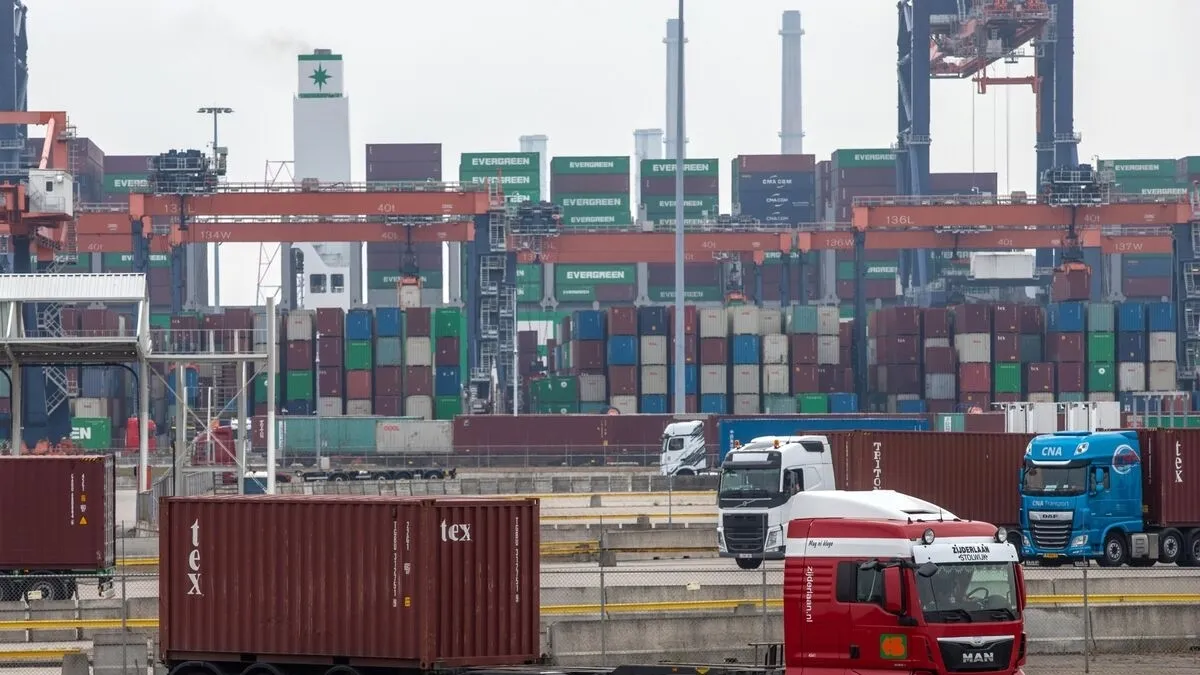Already a subscriber? Make sure to log into your account before viewing this content. You can access your account by hitting the “login” button on the top right corner. Still unable to see the content after signing in? Make sure your card on file is up-to-date.
A top US official has confirmed that the Trump administration will maintain a 10% baseline tariff on most imported goods for the foreseeable future.
Some shit you should know before you read: Since returning to office, President Trump has floated the idea of charging countries a premium to access the US market, suggesting that tariffs could potentially replace the need for income taxes. He has long argued that companies benefiting from the lucrative American consumer base should pay for that privilege, framing tariffs not just as a trade tool, but as a structural source of government revenue. According to data from the US Census Bureau and the Bureau of Economic Analysis, the US imported approximately $3.17 trillion in goods and services in 2023. Hypothetically applying a 10% across-the-board tariff on all imports would generate $317 billion in annual revenue. This figure falls significantly short of the $6.5 trillion in total federal expenditures for fiscal year 2023. Even under this aggressive tariff scenario, revenue would cover less than 5% of federal spending.

What’s going on now: During an interview on CNN’s State of the Union, Commerce Secretary Howard Lutnick said the Trump administration was seeking to create a universal import tariff. He said, “We do expect a 10% baseline tariff to be in place for the foreseeable future…..We will not go below 10 percent.” Secretary Lutnick added that this tariff would apply broadly across trading partners and that this rate would be non-negotiable.
Lutnick also rejected concerns that such tariffs would raise costs for American consumers. “Don’t buy the silly arguments that the U.S. consumer pays,” he insisted, adding, “What happens is the businesses and the countries primarily eat the tariff.” He dismissed inflationary concerns and past criticism of similar tariffs enacted during Trump’s first term: “Look, we have 25 percent tariffs that were set on under President Trump’s first term. … No consumers in America sit here complaining about those tariffs.”
This framework is already evident in the recent US-UK trade deal, the first such agreement to follow the administration’s April “Liberation Day” tariff rollout. As part of the deal, the US will allow the U.K. to export up to 100,000 vehicles at the new 10% tariff rate — significantly lower than the 25% rate initially announced in March — but the baseline tariff still applies to all other imports. Trump praised the deal, saying, “They made a good deal,” and referred to the 10% rate as a “low number” for a partner country, suggesting harsher terms may apply to nations with trade surpluses.







